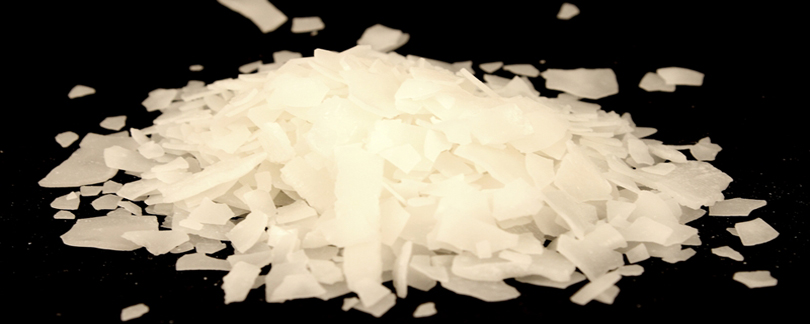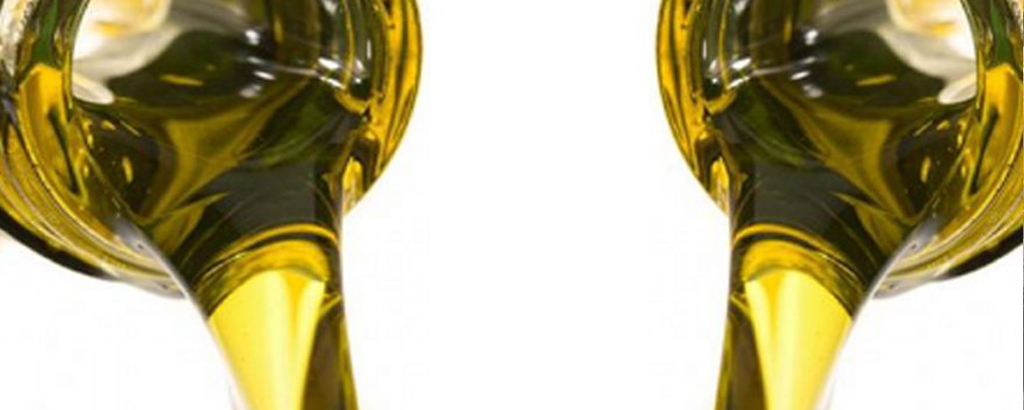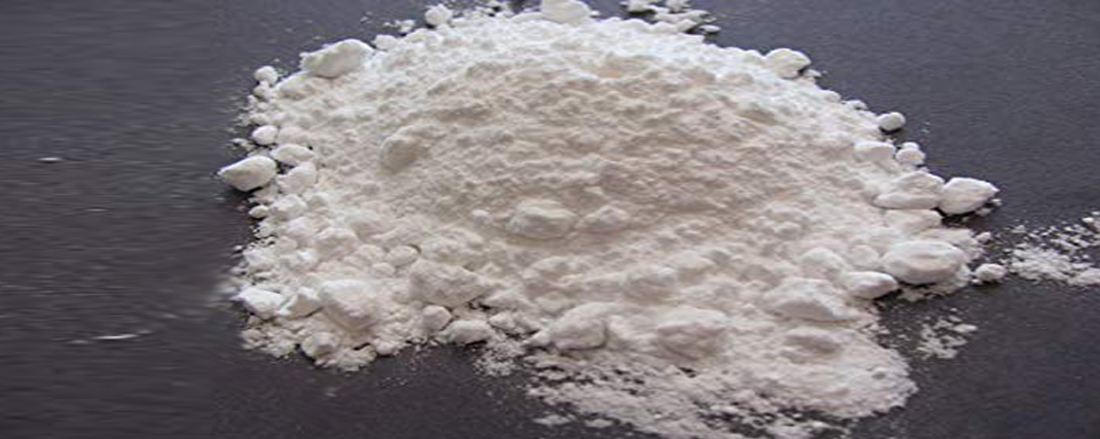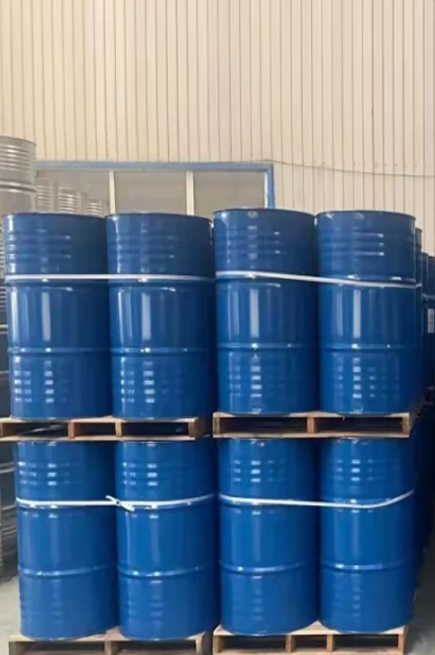Colorimetric Procedure
The objective is to maintain a hydrazine residual between 0.05-0.2 ppm depending on operating pressure and boiler designe. Actual consumption is determined under operating conditions. A normal dosage is approximately 1 ltr. per day, depending of system layout.
Hydrazine is a convenient reductant because the by-products are typically nitrogen gas and water. Thus, it is used as an ANTIOXIDANT, an oxygen scavenger, and a corrosion inhibitor in water boilers and heating systems.
Hydrazine is mainly used as a foaming agent in preparing polymer foams.
No oxygen is entering the boiler with the feed water when hydrazine is present in the water.
Before Sampling all PRECAUTION should be taken :::
Toxic effects of Hydrazine ( which is collected in sample ) is a severe skin and mucous membrane irritant in humans; in animals.In humans, the vapor is immediately irritating to the nose and throat and causes dizziness and nausea; itching, burning, and swelling of the eyes develop over a period of several hours. Severe exposures of the eyes to the vapors causes temporary blindness lasting for about 24 hours. Recurrent exposure to hydrazine hydrate has been reported to cause contact dermatitis of the hands without systemic intoxication. In humans, hydrazine is absorbed through the skin, by inhalation, and orally; systemic effects include weight loss, weakness, vomiting, excited behavior, and convulsions; the chief histologic findings are fatty degeneration of the liver and nephritis.
Accuracy Test :
Standard solution method
Use the standard solution method to validate the test procedure, the reagents and the instrument. Items to collect:
1. Hydrazine sulfate, reagent grade
2. 1-L volumetric flask, Class A (2)
3. 10-mL volumetric pipet, Class A and pipet filler
4. Deionized water, oxygen-free
Preparation Method :
Prepare a 25-mg/L hydrazine stock solution as follows:
Add 0.1016 g of hydrazine sulfate into a 1-L volumetric flask. Dilute to the mark with oxygen-free deionized water (heat water to boiling and cool). Mix well. Prepare the stock solution each day.
Prepare a 0.25-mg/L (250-μg/L) hydrazine standard solution as follows:
Use a pipet to add 10.00 mL of the 25-mg/L hydrazine stock solution into a 1-L volumetric flask.
Dilute to the mark with oxygen-free deionized water. Mix well. Prepare the standard solution immediately before use.
Use the test procedure to measure the concentration of the prepared standard solution.
Compare the expected result to the actual result.
Note: The factory calibration can be adjusted slightly with the standard adjust option so that the instrument shows the expected value of the standard solution. The adjusted calibration is then used for all test results. This adjustment can increase the test accuracy when there are slight variations in the reagents or instruments.
The reagent that is used in this test is corrosive. Use protection for eyes and skin and be prepared to flush any spills with running water.
Wear protective gloves.
IF ON SKIN: Wash with plenty of soap and water.
IF IN EYES: Rinse cautiously with water for several minutes. Remove contact lenses, if present and easy to do. Continue rinsing.





